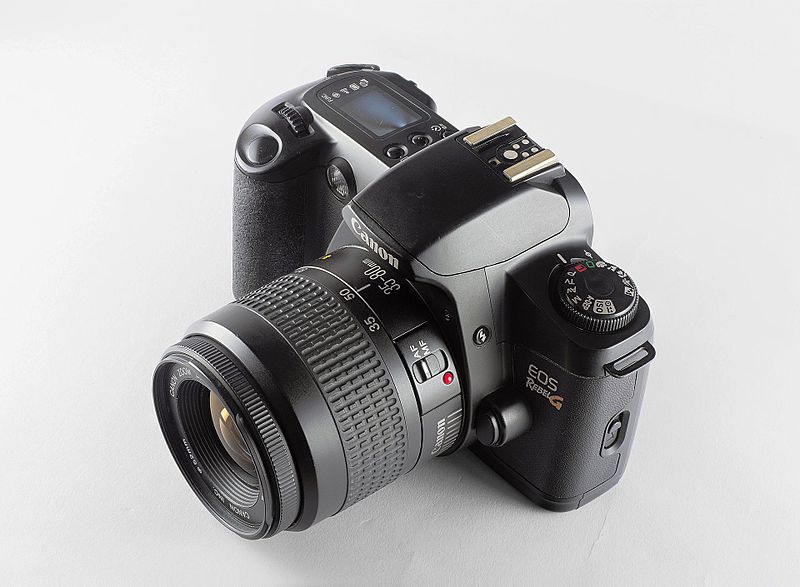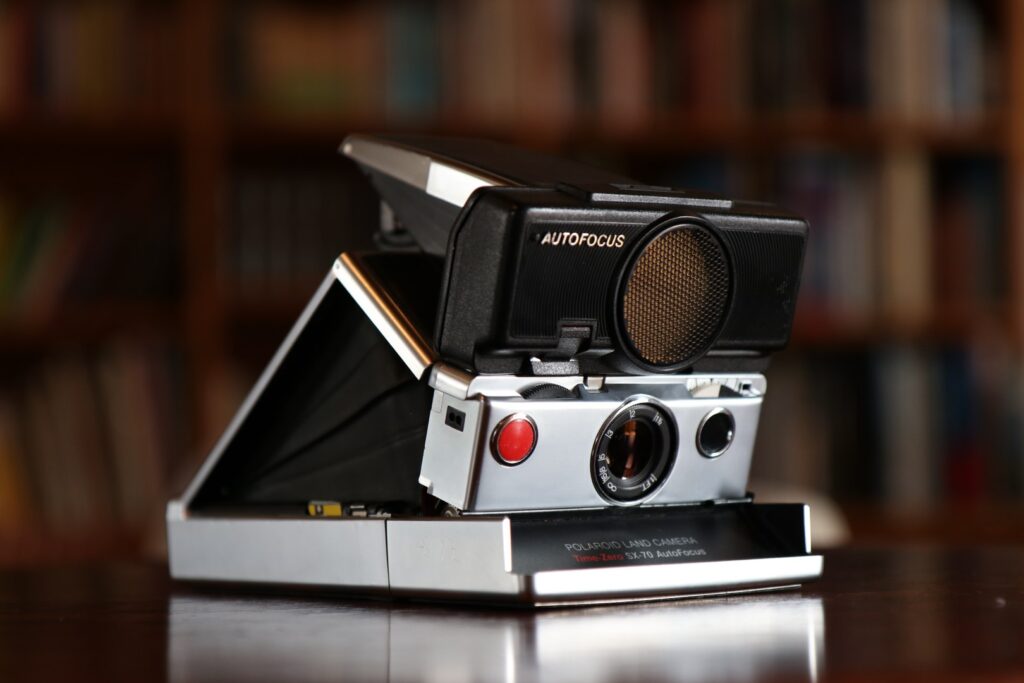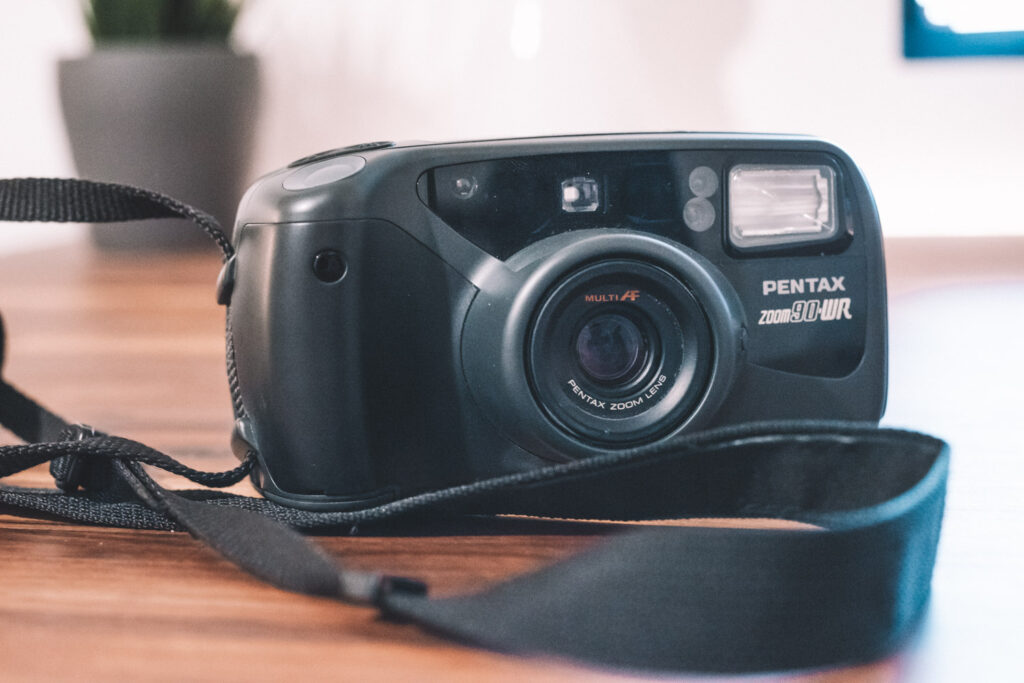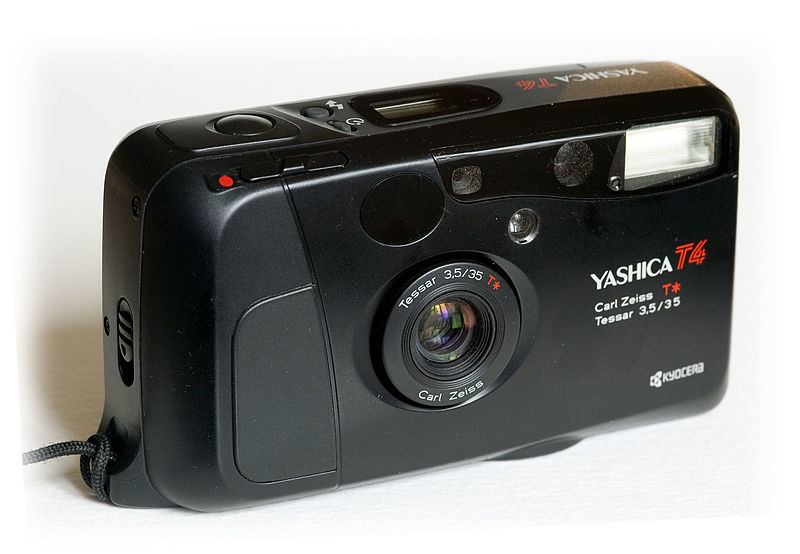First making its debut in the mid-90s, the Canon EOS Rebel G emerged as a product of Canon’s consistent innovation in the realm of single lens reflex cameras. Known as the Canon EOS 500N in Europe and the EOS New Kiss in Japan, this 35mm camera captured the attention of photographers for its advanced features and affordability. The Rebel G succeeded the EOS Rebel XS, later giving way to the Rebel 2000, which testifies to its place in Canon’s line of high-performing cameras.
Powering the Canon EOS Rebel G: What Kind of Batteries Does It Use?
To fuel its intricate operations, the Canon EOS Rebel G utilizes two CR123A batteries. This type of battery is readily available, assuring that powering the camera won’t be an inconvenience. The use of these batteries contributes to the overall lightweight nature of the camera, weighing in at a mere 400 grams. This is especially appealing to photographers who require mobility and long shooting sessions without being burdened by hefty equipment.
Which Film Should You Choose for the Canon EOS Rebel G?
When it comes to the film used in the Canon EOS Rebel G, the camera supports a range of 35mm films. Given its wide ISO support from 25 to 5000, it gives photographers the flexibility to experiment with different types of films under varying lighting conditions.
For those seeking to capture color images, Kodak Portra 400 is a highly recommended choice. It offers beautiful color reproduction and a broad exposure latitude, making it well-suited for different lighting scenarios. For black and white photography, Ilford HP5 serves as an ideal candidate. Known for its fine grain and wide exposure range, it can produce impressive black and white photos that feature excellent contrast and tonal range.
The Canon EOS Rebel G’s Heritage: Tracing its Lineage
Stepping back in time, the Canon EOS Rebel G finds its roots in the Canon EOS Rebel XS, its direct predecessor. The Rebel XS was well-regarded for its compact size, lightness, and ease of use. However, the introduction of the Rebel G offered photographers an upgrade in several respects, from improved autofocus to the inclusion of new creative features.
Post its tenure, the Rebel G passed the baton to the Canon EOS Rebel 2000. The Rebel 2000 brought forward more sophisticated advancements, such as seven-point autofocus, and even better exposure controls. However, the Rebel G retains its popularity for the balance it strikes between features, accessibility, and price.
Across the globe, this camera has been recognized by different names, reflecting Canon’s global reach. In Europe, it was sold as the Canon EOS 500N, while in Japan, it found a market under the name EOS New Kiss.
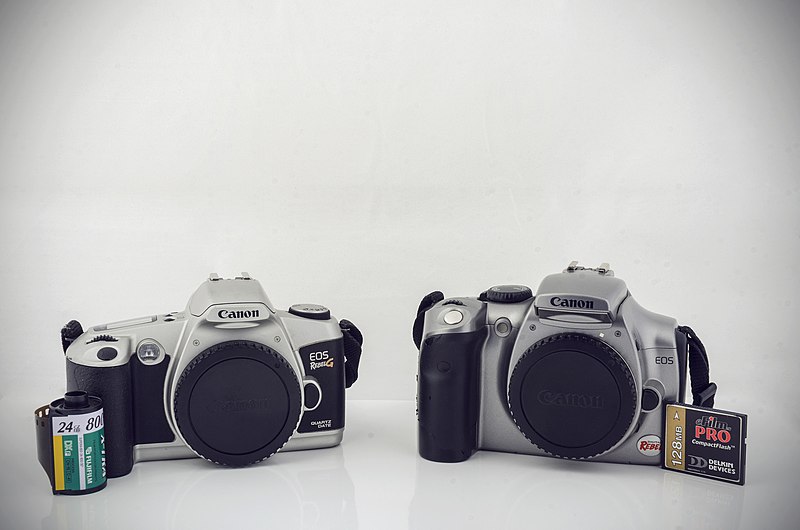
Design, Usability, and Features: Unpacking the Canon EOS Rebel G
With its dimensions of 14.6 x 9.2 x 6.2 cm and weighing in at 400 grams, the Canon EOS Rebel G is both portable and comfortable to use for extended periods. The plastic body, though lightweight, is robust enough to withstand typical usage scenarios.
One of the standout features of the Rebel G is the ability to interchange lenses, thanks to its EF bayonet. This opens up a world of possibilities for photographers to choose the lens best suited to their creative needs.
The autofocus system is another critical aspect of this camera’s design. It provides a reliable, quick, and accurate focus, essential for capturing fleeting moments or moving subjects. Complementing this is the built-in light meter that enables accurate exposure measurements through the lens.
The Rebel G provides flexibility in exposure settings, with an automatic mode for beginners or those desiring simplicity and a manual mode for more control. These settings are complemented by a bulb mode for long exposures, essential for night photography or creative light effects.
In addition to the built-in flash, which has a reach of up to 12 meters, the camera features a hot shoe for an external flash. This versatility in lighting allows for better image capture in low light conditions.
An interesting feature in the Rebel G is its panorama function, a gimmick that gives your photos a wide-angle feel. Furthermore, the camera’s multiple exposure capability allows photographers to explore creative techniques, capturing up to 9 exposures on a single frame.
Lens Compatibility and Potential Issues: Navigating the EF Lens Mount
The Canon EOS Rebel G’s EF lens mount is a versatile feature, enabling compatibility with a range of Canon and non-Canon lenses. This flexibility allows photographers to choose from a vast selection of lenses depending on their specific needs.
It’s important to note, however, that some users have reported compatibility issues with certain non-Canon EF lenses. For instance, some new, low-cost third-party lenses, such as those from Yongnuo, may not function properly with the Rebel G, even though they fit the EF mount. This contrasts with the successful use of standard Canon lenses and lenses from brands like Lensbaby and Holga.
In light of this, photographers should be mindful when choosing lenses for the Rebel G. In some cases, it may be safer to stick with Canon’s EF lenses or proven third-party lenses to ensure smooth operation.
Pros and Cons
Pros:
- Lightweight and portable design.
- Compatible with a wide range of EF lenses.
- Versatile shooting modes cater to different photography styles and scenarios.
- Built-in flash and hot shoe expand lighting options.
- Panorama function and multiple exposure capability offer creative possibilities.
Cons:
- Plastic body may not be as durable as metal-bodied counterparts.
- Non-Canon EF lenses may experience compatibility issues.
- Autofocus, though reliable, is not as advanced as newer models.
- Fastest shutter speed with flash is limited to 1/90 sec, which may be slow for some applications.
Conclusion
The Canon EOS Rebel G, known in different parts of the world as the Canon EOS 500N or the EOS New Kiss, is a camera that delivers on many fronts. Despite being lightweight, it doesn’t skimp on functionality and offers a range of shooting modes that cater to a variety of scenarios.
Its compatibility with EF lenses is a boon, though potential compatibility issues with some non-Canon lenses should be noted. Even so, its feature set and user-friendly design make it a versatile tool for both beginners and more experienced photographers alike.
Technical Specifications
| Specification | Description |
|---|---|
| Camera Type | Single lens reflex |
| Film Format | 35mm |
| Film Transport Mechanism | Automatic |
| Picture Format | 24 mm x 36 mm |
| Lens Mount | Canon EF |
| Focusing System | Autofocus |
| Viewfinder | Pentaprism |
| Exposure Time Range | 1/2000 s to 30 s, Bulb |
| Bulb Mode | Available |
| Light Meter | Integrated |
| Supported Film Speeds (ISO) | 25 to 5000 |
| Auto DX Coding | Available |
| Exposure Modes | Program automatic, Aperture priority, Shutter priority, Manual |
| Exposure Compensation | ± 2EV (in 0.5EV steps) |
| Double/Multiple Exposure Function | Available |
| Flash | Built-in |
| Flash Connection | Hot Shoe |
| Flash Sync Speed | 1/90 s |
| Tripod Mount | Available |
| Cable Release Thread | Not Available |
| Self-Timer | Available |
| Power Source | 2x CR123A batteries |
| Dimensions (cm) | 14.6 x 9.2 x 6.2 |
| Dimensions (inches) | 5.75 x 3.62 x 2.44 |
| Weight | 400 grams |

